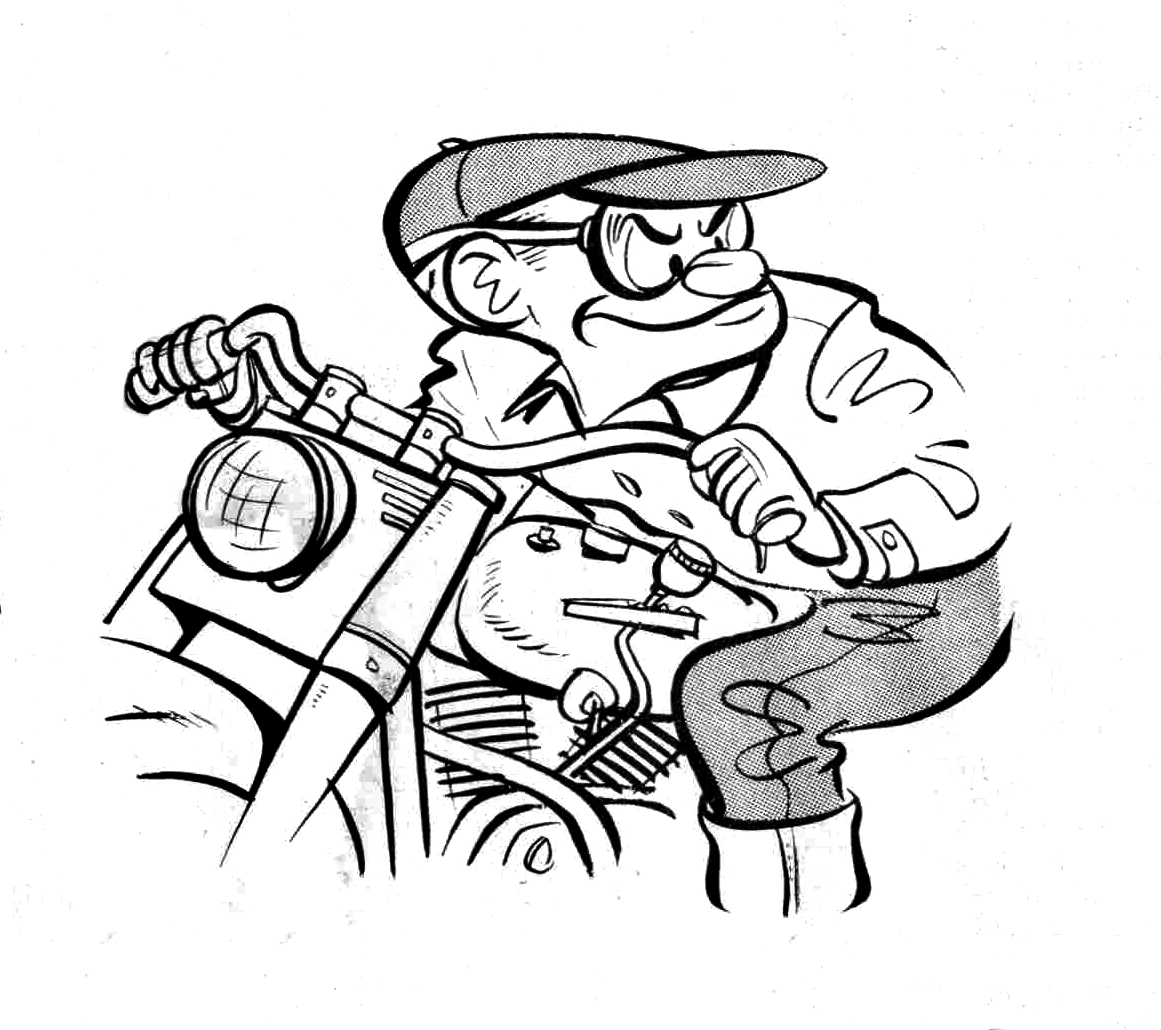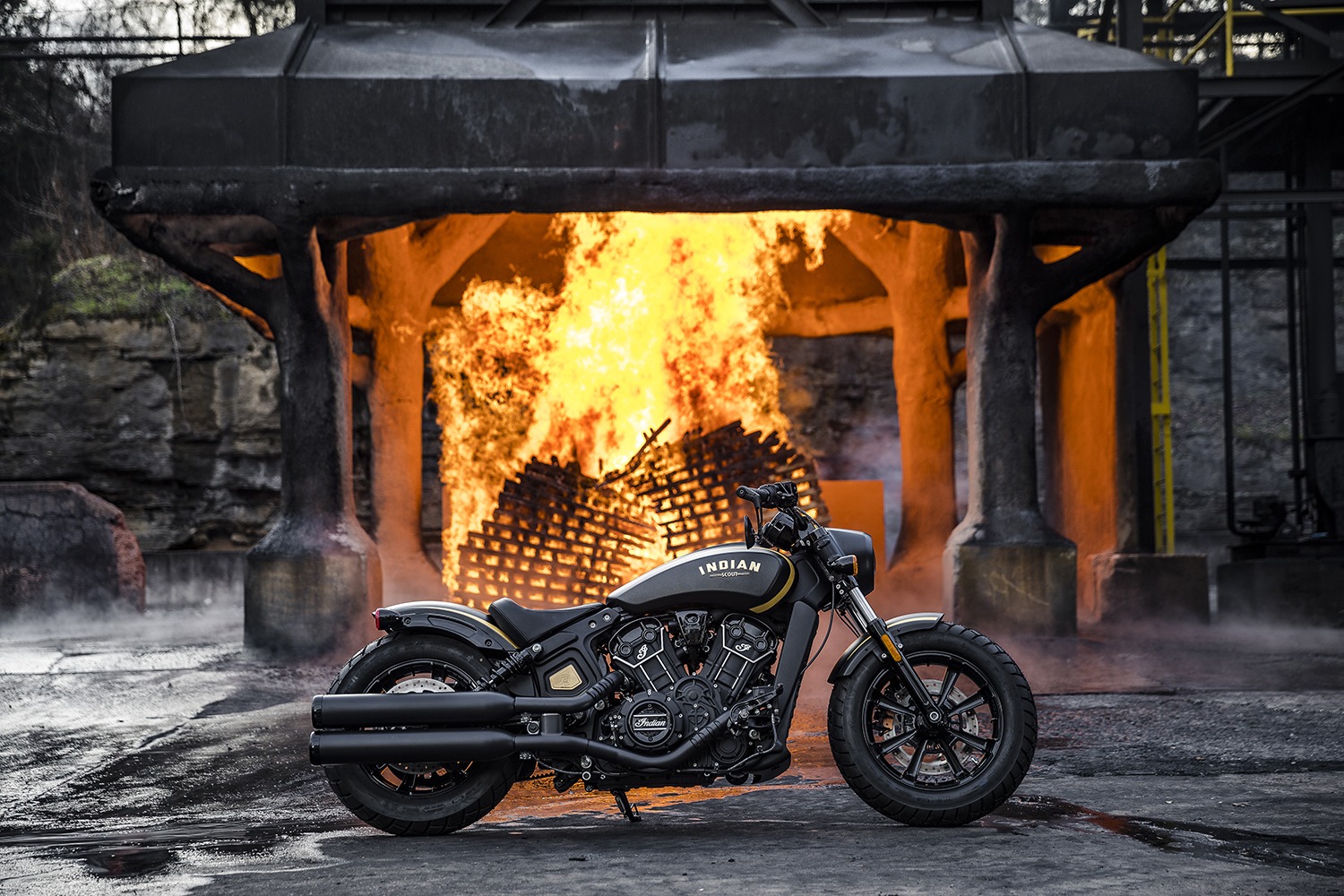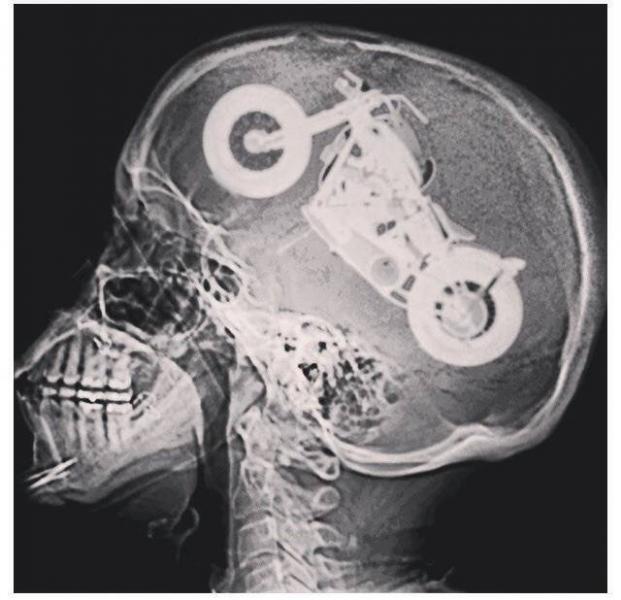I’ve stated before that I am guilty of not wearing a helmet most of the time but, I do believe in wearing one (I just don’t believe in being forced to wear one). With that being said, I decided to create a post about buying a motorcycle helmet online since gift card season is just around the corner, and buying a helmet might not be a bad way to send some of that gift card money, just be sure to click here to find some good offers online.
Make sure the online retailer has an exchange policy
Helmets are incredibly difficult to find to try on, especially when you get into the decent brands, and if you can’t find a local store where you can try them on I suggest making a field trip out of it or ordering from someone with a great return policy like BikeBandit.com.
 How to Measure Your Helmet Size
How to Measure Your Helmet Size
Proper helmet fit is vital to the performance of a helmet during an impact. For the helmet to perform properly during an impact, it must stay securely on the head. The first step in finding a motorcycle helmet is determining your head size.
Follow these steps:
- Measuring the head is only a starting point for the entire sizing procedure. Due to varying shapes, heads that are apparently the same size when measured by a tape may not necessarily fit the same size helmet.
- A small metal tape measure or a cloth tape may be used to make your initial measurement. You can also use a string, which can then be laid against a measuring tape.
- Measure the circumference of the head at a point approximately one inch above the eyebrows in front, and at a point in the back of the head that results in the largest possible measurement. Take several measurements. The largest measurement is the one you want to use.
- Compare your head size with the specific motorcycle helmet manufacture’s size to find a match. Each motorcycle helmet manufacture provides different sizing charts for their helmets so you will need to compare your helmet size to each brand’s sizing.
- Try the helmet on before using it. The helmet should sit squarely on your head with the top of the helmet’s eye port just above your eyebrows. A properly fitted motorcycle helmet will not go on easy at first but loosen slightly as it is broken in.
- If the helmet moves or your fingers fit easily between your head and the helmet you’ll likely need a smaller size. The helmet should fit snug around your head and face with no pressure points. If desired, the check pads can then be adjusted for better fitting.
Additionally, you must determine your head shape. A perfectly sized helmet may fit snuggly on one rider but loose or uncomfortable on another. Head shape is just as important as head size. Some manufacturers factor in the following shapes when making their helmets:
- Long Oval – This shape resembles a more oblong head that is longer front to back and narrow side-to-side
- Intermediate Oval – This shape closely resembles a round head with a shorter front-to-back and wider side-to-side than the Long Oval. Most companies make their helmets Intermediate Oval.
- Round Oval – This shape resembles an oblong head that is longer side-to-side rather than front-to-back like the Long Oval.
Helmet shape contributes to overall comfort and safety. A correctly-sized helmet that doesn’t fit right is cumbersome and does not offer the same protection as a correctly sized and fitted helmet.
 Price
Price
If price is not an issue or you put a high value on your looks then I would suggest an Arai full face helmet. They tend to be on the higher end of the scale in comfort, crash ratings, and technology.
Chances are that the helmet that fits your head the best, has the most useful features, and feels the best on your head costs substantially more than the cheapest models you tried. If the cheapest helmet you saw fits as well as or better than the pricey model and has a D.O.T. sticker, then go ahead and buy it without qualms. The protection will be comparable.
However, if you are shocked by the expense of the helmet that works the best, there are a couple of things that might get the price down. First, heed the note above about the price of graphics. Second, there may be a similar model in the same line with fewer bells and whistles. A model with less elaborate venting may cost substantially less, for example.
Helmet Maintenance
Helmets are typically expensive, so to get the most out of your important safety investment, make sure to take good care of it.
To start, you should consider purchasing a new helmet if:
- Your current helmet was involved in a crash.
- You’ve dropped your current helmet and think it’s damaged.
- You purchased your current helmet a few years ago.
- You can’t remember when you purchased your current helmet.
Once you have your helmet, make sure to:
- Follow the manufacturer’s care instructions.
- Clean it only with mild soap.
- Avoid any petroleum-based cleaning products, which can cause the outer shell to decompose.
- Keep the face shield clean.
- Replace the face shield if it gets scratched.
- Store your helmet in a flat, secure area.
- Avoid keeping your helmet too close to:
- Gasoline.
- Cleaning fluids.
- Exhaust fumes.
Are you in the market for a new helmet, if so what are the determining factors in you purchase? Are you going to buy online or at a traditional shop/dealership? Do you care about the certification?
Ride or Die,






Hi Larry,
Thank you for the tip, it gives me an idea on how I can buy a motorcycle helmet online. First, I was afraid to buy online because I haven’t seen the product personally, now I have the guts!
Glad I could help.
Awesome post.. blog are very good quality. I Like its
Thanks you for the kind words.